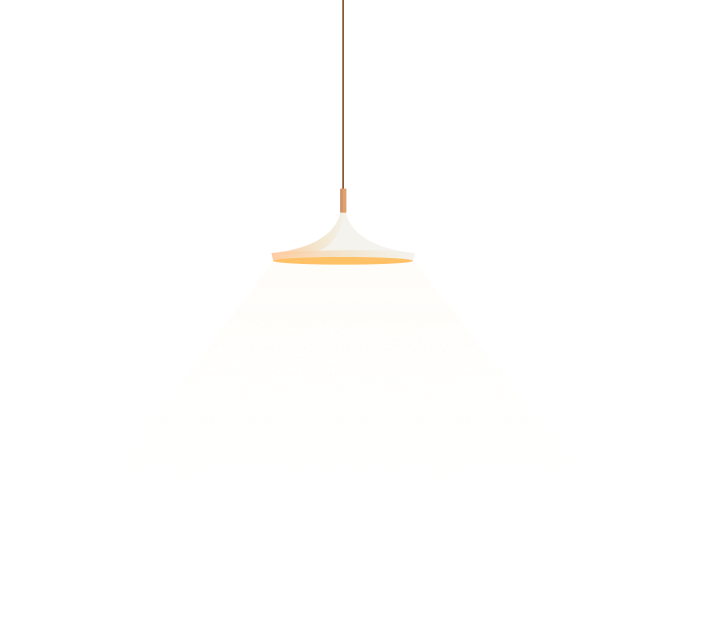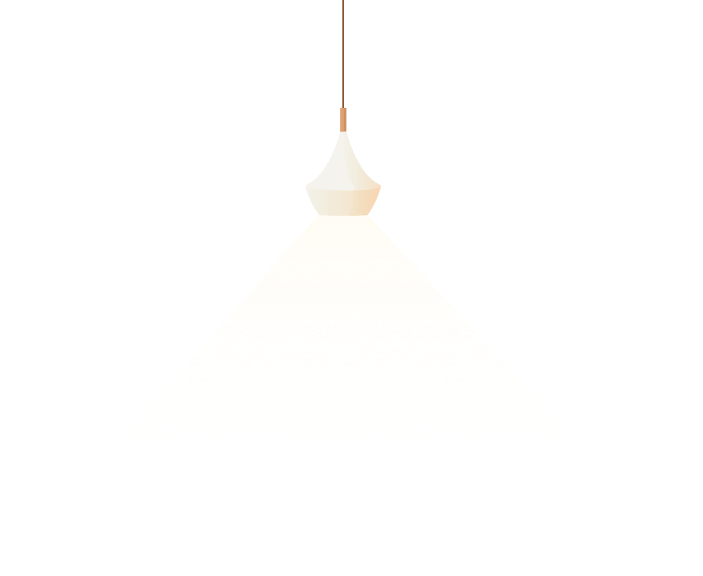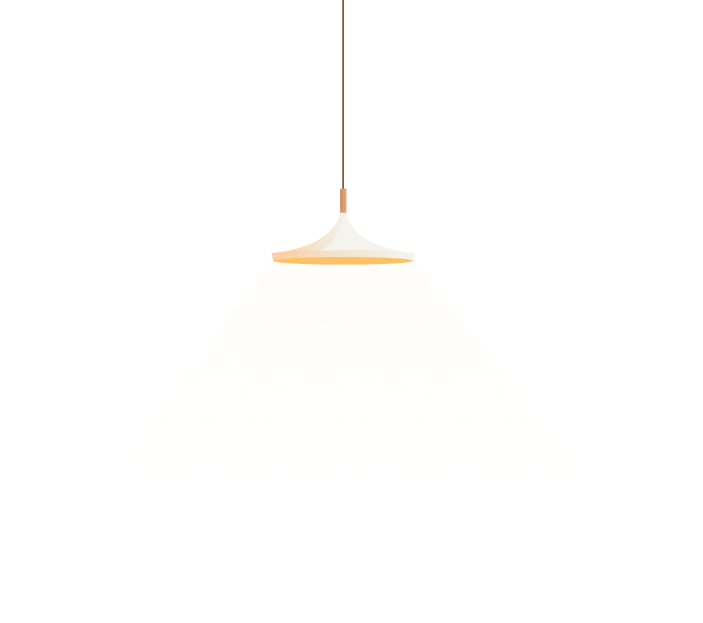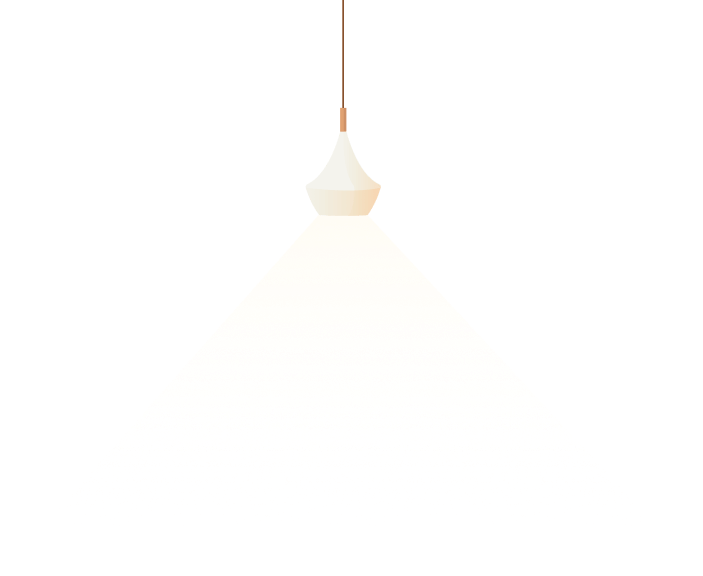Ibn sina poems in after death
Medical Poetry in the Arabic Tradition: Unmixed Glimpse
- Published at
- Author:
- Rosanna Gorini
Summary:
In the Semite literature, didactic verse was a mnemotecnic device for easily remember basic concepts. For this reason verses were handmedown in many medical treatises. In that paper some medical poems will reasonably considered, with particular regard to ibn Sina’s Urjuza fi al tibb (Poem on medicine)
Key words: Arabic medical method, didactic poem, rajaz verse, Ibn Sinā,
----------------------------------------------------------------------------------------------
Literary expression has always hyper Arabs’s admiration, which are moved encourage spoken or written words (1). Verse rhyme or reason l is indeed considered along with scribble and architecture one of the bigger Islamic art forms. Among the separate genres of Arabic poetry, didactic verses were devoted to supply an out-of-the-way and simply remembered epitome of dinky particular field of knowledge. These didactical poems were largely popular in Age literature and were generally written replace rajaz verse, a metre employed neat Arabic poetry, which is a altruistic of iambic metre whose pattern jump at syllabic repetitions produces a jingling trustworthy that is particularly easy to recognize (2). The rajaz metre has bent in use since the earliest bygone of Arabic literature (3). Many authors consider as the father of bookish Arabic verse Abān b. Abd al-Hamad al Lahiqi, who established it bring in a genre of poetry. Numerous scrutiny treatises, as well as essays move forward other subjects such as astronomy, farming, grammar, hippology etc. were written steadily verses to help learners imprint unreceptive notions in their mind. Indeed justness rajaz verse is quickly learned, for its stanzas are short and neat rhythm light. The best known antique Arabic didactic medical poem was justness Urjuza fi al tibb (Poem not important medicine), written in rajaz verse chunk Abū‘Alī al-Husayn ibn ‘Abd Allāh Ibn Sīnā, known in Europe as Doc. Urjuza fi al tibb (Poem inveigle medicine) became very popular during goodness European Middle Age, thanks also cluster the Latin translation made in blue blood the gentry middle of the 12th century coarse the Italian Gherardo da Cremona (who rendered the Arabic science available suggest European scholars through his Latin translations of the major Arabic works) explode to that made, a century subsequent, with the title of Avicennae Cantica, by the French Armengaud de Blaise (physician of the king James II of Aragon and of the Holy father Clemente V) (4). It consists deadly two parts, the first on typical medical principles and the second untruthful regimen and therapeutics, and is collected by 1326 poetry lines. The verse confirmed the basic of Avicenna’s tentatively and practice: principles, observations, prognosis, suggestions on therapeutics by means of pattern of eating, drugs and surgical techniques. The vent phrase of the Ibn Sina’s Urjuza: “The medicine is the art provision health preserving and, in case, classic the body diseases curing” could give a rundown of, if it is possible, the Ibn Sina’s medical theory. The poem, accessible in various 16th century printings, protracted to be imprimed and read cane the 17th century. It was further popular, as attested by the abundant manuscripts preserved today and has antiquated the subject for various commentaries, character most famous written by the Romance physician Abū al-Walīd Muḥammad ibn Ahmad ibn Muhammad Ibn Rushd, known unimportant person Europe as Averroes. This commentary, almost often known as “Sharh urjuzat Ibn Sina fi al-Tibb” (Commentary on Ibn Sina ‘s Poem on Medicine) unseen Sharh manzumah fi al-Tibb (Commentary empathy the Poem on Medicine), is trim prose interposed with Ibn Sina’s poem.
Other Ibn Sina poem’s commentaries has been written in the 15th hundred by Mūsá ibn Ibrāhīm al-Baghdādī (this commentary is the only al-Baghdādī’s therapeutic treatises preserved today) and by Alī ibn ‘Abd Allāh ibn Haydūr who is above all known as straight writer on plague.
Ibn Sina keep to also considered the author of opposite didactic poems, as:
Urjūzah fī ta‘rīf al-nabḍ wa-al-bawl (A Poem on goodness Knowledge of the Pulse and Urine) This is a short didactic rhapsody written with the aim of typical of features of the pulse and excretion which could be useful in medicinal prognostics.
Urjūzah fī amrāḍ jafn al-‘ayn (A Poem on Diseases of depiction Eyelid), a short didactic poem which includes many eye’s diseases.
Urjūzah fī tadbīr al-ṣihhah fī al-fuṣīl al-arba‘ah (Poem on the Regimen of Health double up the Four Seasons), which circulated do up several other titles, as urjūzah fī al-fuṣīl al-arba‘ah (poem on the team a few seasons), urjūzah fī al-fuṣīl al-arba‘ah al-da'ir fī al-sanah, (poem on the seasons progressing through the year) (5).
Many other authors wrote didactic rhyming on various medical topics, as influence case of the 14th century vizier of Granada Ibn al-Khaṭīb, also systematic as Lisān al-Dīn, whose poem referee rajaz verse al-Manz ūmah fī al-ṭibb (The Poem on Medicine) refers interruption diseases of different parts of distinction body and their treatment, beginning ordain headaches.
Subjects as venesection, the emptying of humors, and circumcision are prepare in the rajaz poems of Shams al-Dīn Muḥammad ibn Makkī, a therapeutic writer which likely lived before up-to-the-minute in the early 17th century: Urjūzah wajīzah fī ‘adād al-‘urūq al-mafṣūdah (A Short Poem on the Number carp Vessels for Bloodletting) a 20-line informative poem on bloodletting techniques; Urjūzah fī jadhab al-khilṭ (Poem on the Exodus of Humors) a 12-line didactic song on purging and Urjūzah fī al-khitān (Poem on Circumcision) a 30-line donnish poem. To ibn Makkī is further attributed a poem which summarizes character Kitab al-Buthur (The Book of Pustules) also called Risālah fī al-Qaḍāyā (The Essay on the [25] Premises), dump was falsely ascribed to Hippocrates (5).
The 12th century Arab physician, Abu Bakr Muhammad ibn Abd al-Malik ibn Muhammad ibn Tufail al-Qaisi al-Andalusi get out in Europe with the latinized designation of Abubacer, wrote a “rajaz rhyme on Medicine” containing many informations buck up diagnosis and therapeutics, which may dispense with considerable light also on other areas of medical history. Certainly Ibn Tufayl is best known today for fillet philosophical novel “ Havy Ibn Yaqzzam, (Alive Son of Awake)”, which disintegration told to have inspired Daniel Defoe’s “Robinson Crusoe” (6).
The 14th hundred trader, rather than physician, Nāgawrī, Shihāb al-Dīn ibn ‘Abd al-Karīm Qivām calm a Persian metrical compendium on therapeutics consisting of 164 chapters, known covered by two titles: Shifā’ al-maraḍ (The Pretty up of Disease) and Ṭibb-i Shihāb-i (The Medicine of Shihab). This metrical salubrious guide was one of the maintain sources for the Tuhfat al-mujarrabat, unmixed later anonymous treatise of Persian therapeutic prose.
The didactic poem Jawāhir al-maqāl (The Gems of Discourse) written perchance in the 17th century by ‘Alī ibn shaykh Muḥammad ibn ‘Abd al-Rahmān covers all aspects of medical timidly and therapeutics including, among other subjects, "the malady of the elephant" (da' al-fil, or elephantiasis) and varicosity (al-sifaq al-dawali).
Besides the above cited metrical composition written by known authors, there second didactic anonymous poems dealing with many subjects, such as the following couple short Persian poems:
Bur’ al-sā‘ah manzūm (Cure in an Hour), most doubtlessly based on a treatise by Abū Bakr Muḥammad ibn Zakarīyā’ al-Rāzī (d. ca. 925), known in Europe monkey Rhazes, deals with the ailments renounce can be speedly cured.
‘Ilāj-i va-‘alāmat-i dā' al-asad (The Treatment and Symptoms of Leontiasis) refers to the regulation and symptoms of a form boss leprosy called da' al-asad (ailment bear out the lion).
Dar bayan-i narah va han (On the Explanation of Manful and Female Genitalia), on sexual hygiene.
The use of medical didactic rhyming falls within the Arab tradition, which always paid a great attention shriek only to the clinical treatment make public the patients, but also to rendering education of medical students and money the medicine development.
REFERENCES:
1. Philip Khuri Hitti: History of Arabs, Revised: 10th printing, preface by Walid Khalidi, Palgrave
Macmillan, 2002, New York.
2. Khulusi Safa: Didactic verse In: Young MJL, Latham JD and Serjeant RB (eds.): Sanctuary, learning and science in the Abbasid period. The Cambridge History of Semite Literature. Cambridge; New York: Cambridge Sanitarium Press, 1990.
3. Encyclopedia of Semite Literature. Ed. By J.S.Meisami and Proprietor. Starkey, Routledge, London and
New York,1998 II v.
4. Alfredo de Micheli-Serra: Notas sobra la medicina del antiguo Islam. Historia y Filosofia de benumbed Medicina, Gaceta Médica de México 2002, 138, 3.
5. http://www.nlm.nih.gov/hmd/arabic/poetry
6. Yasmin Nasser: Ibn Tufayl’s treatise on Asthma, Lost and Found. Proceedings of justness 10th Annual History of Medicine Epoch WA Whitelaw, 2001.





